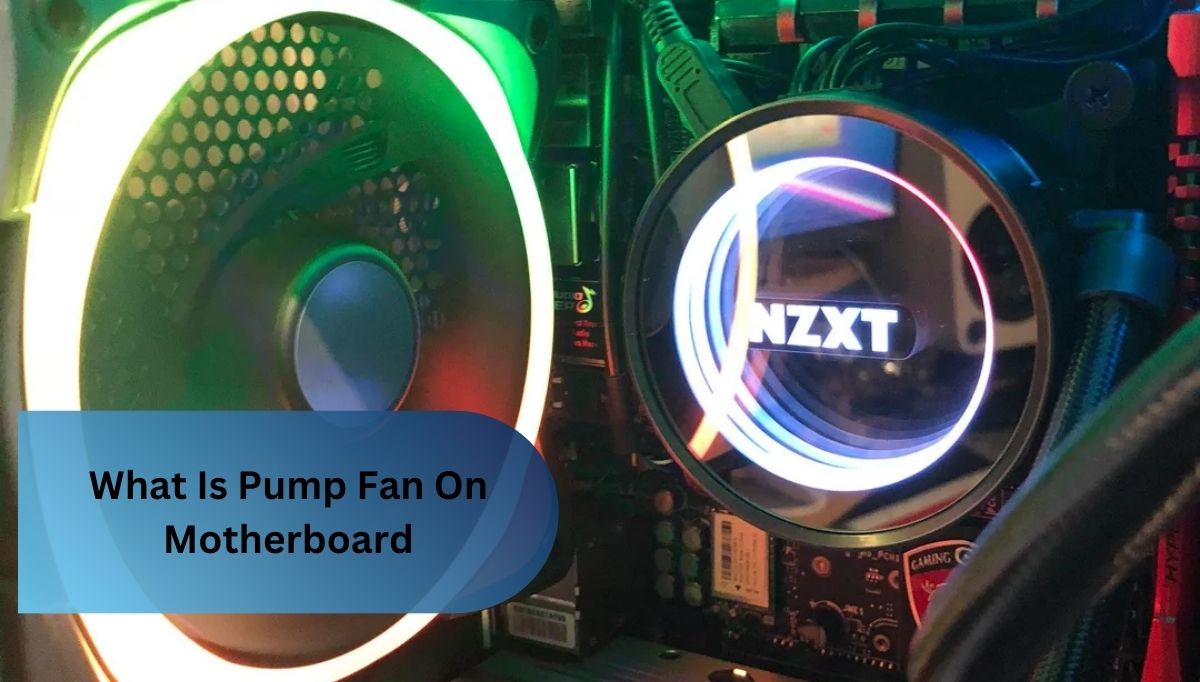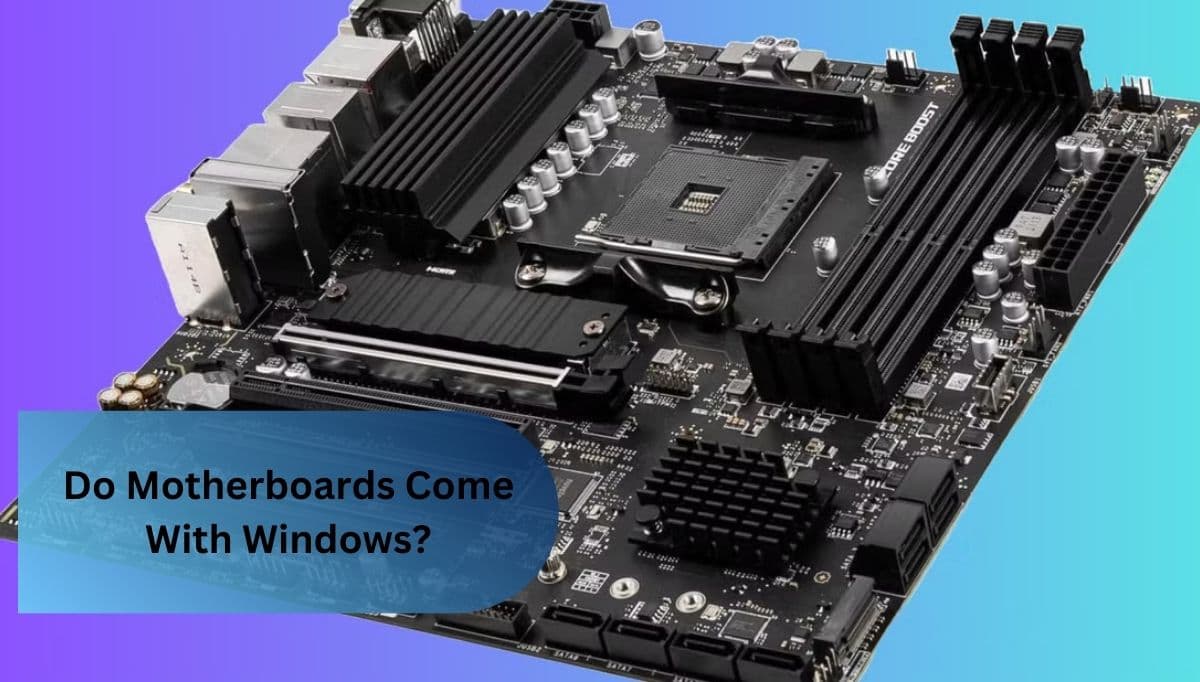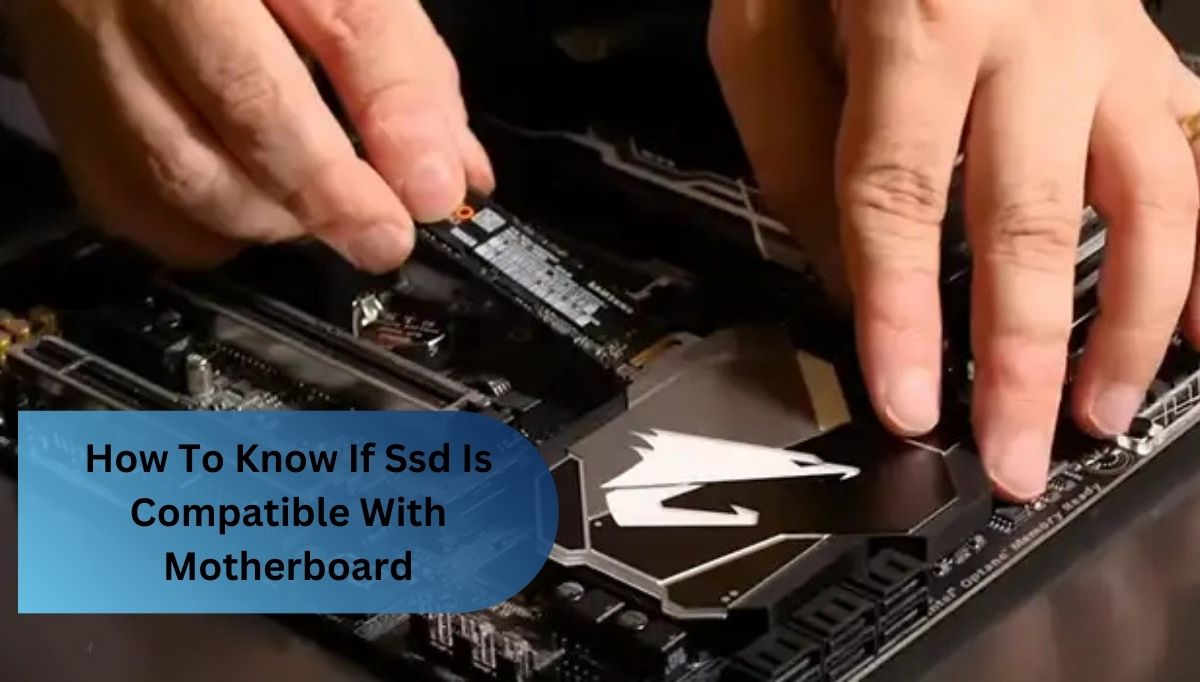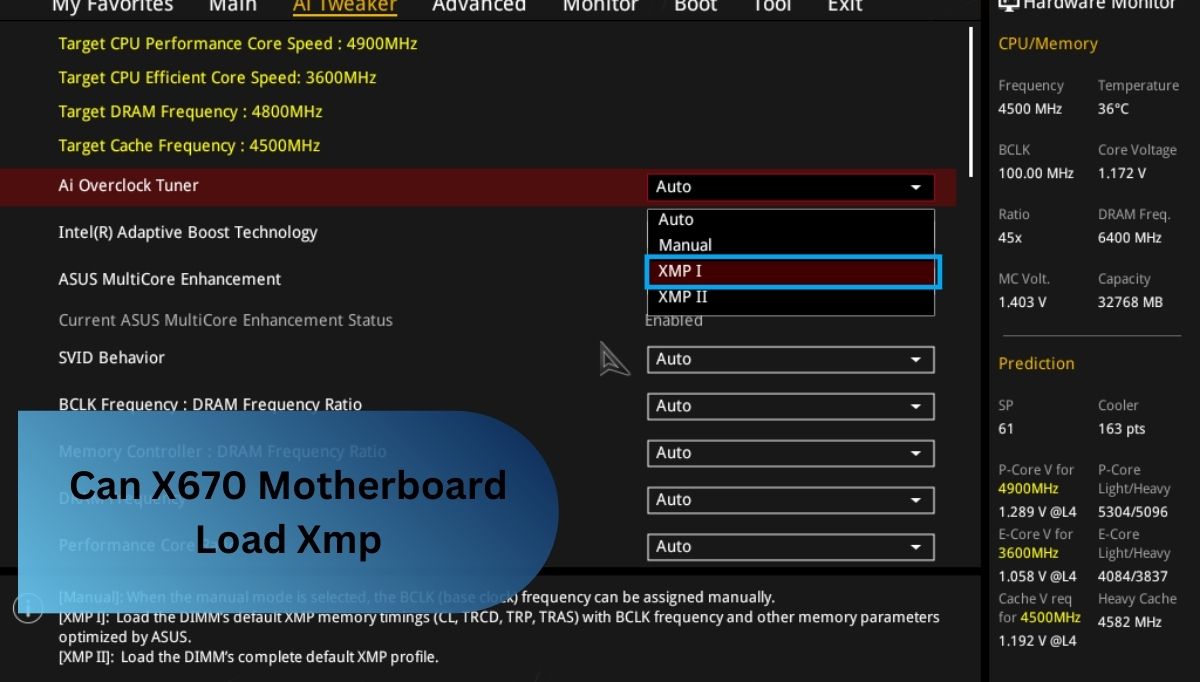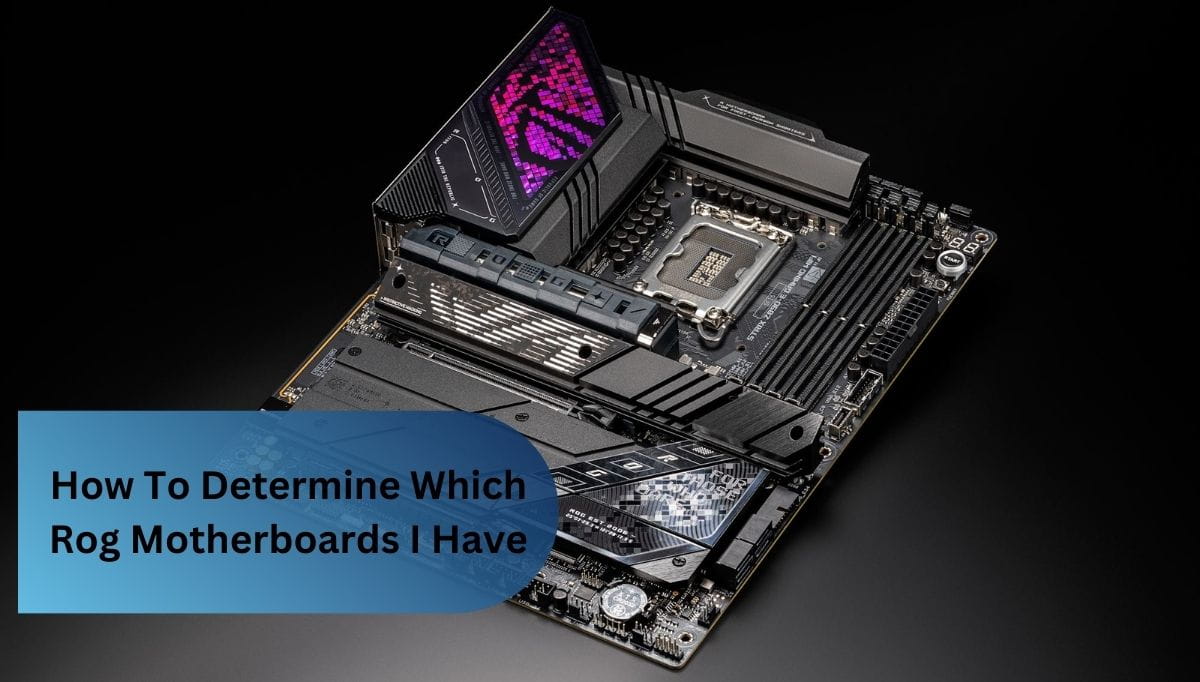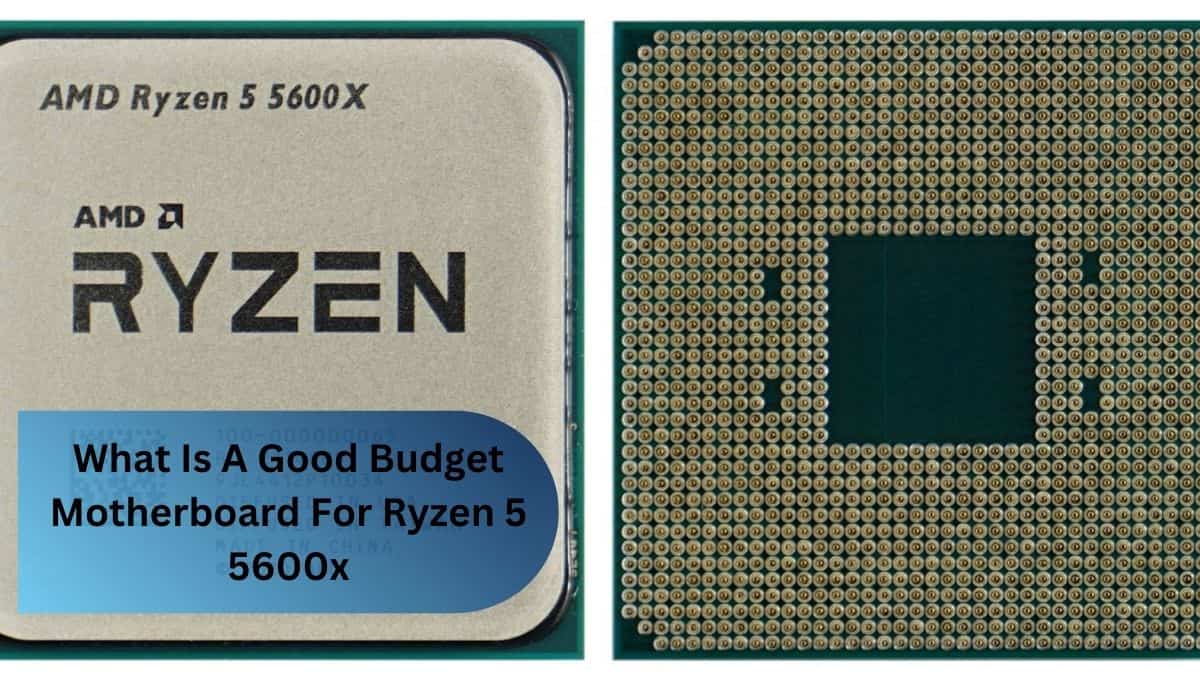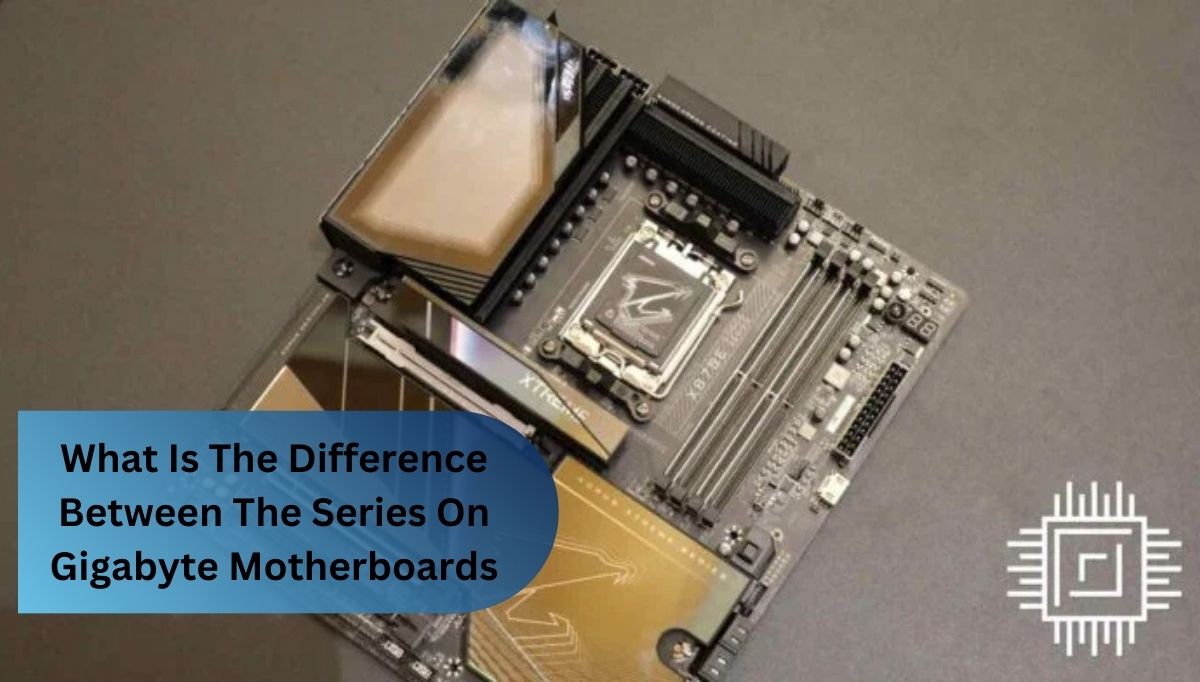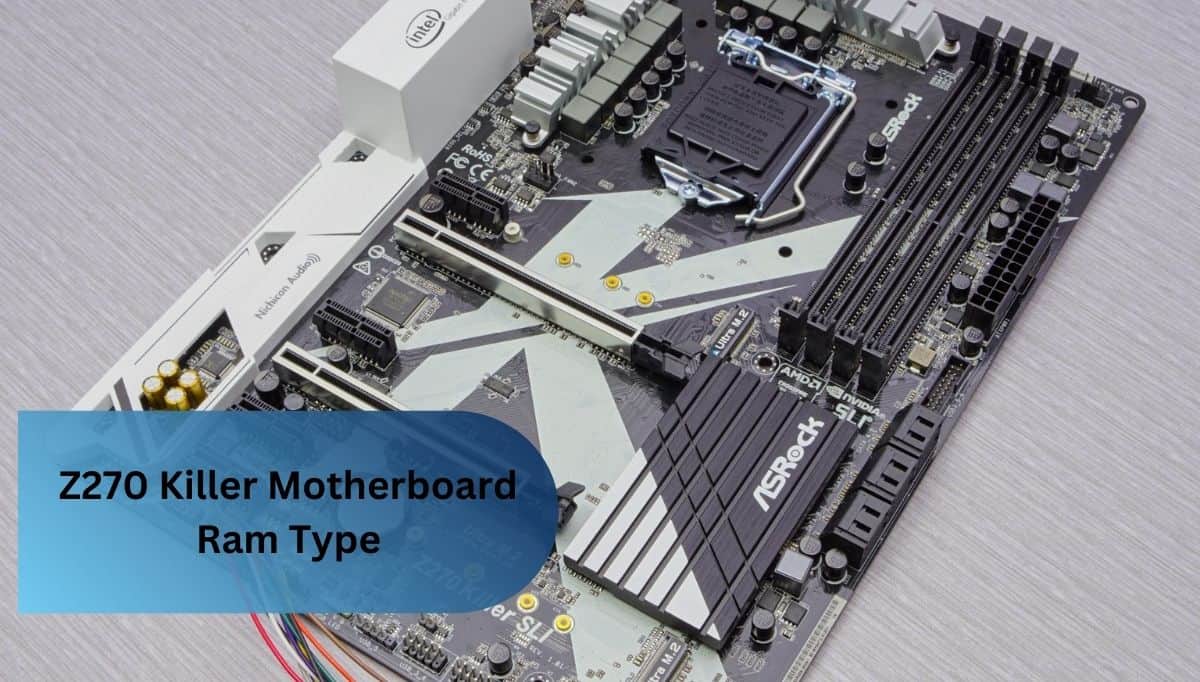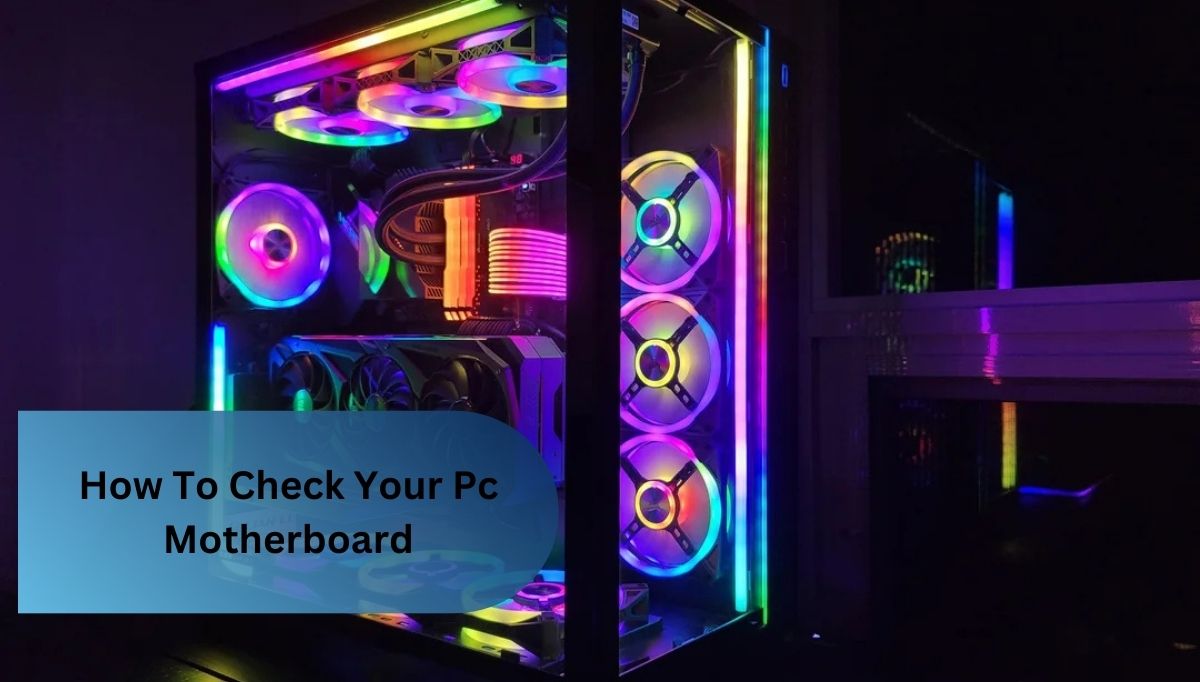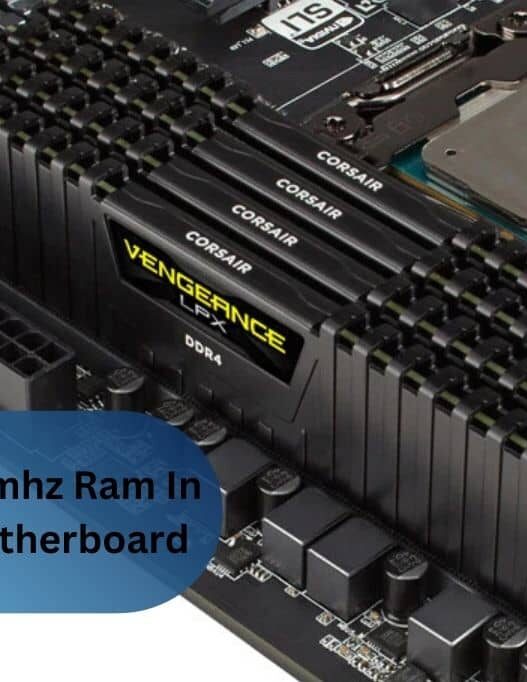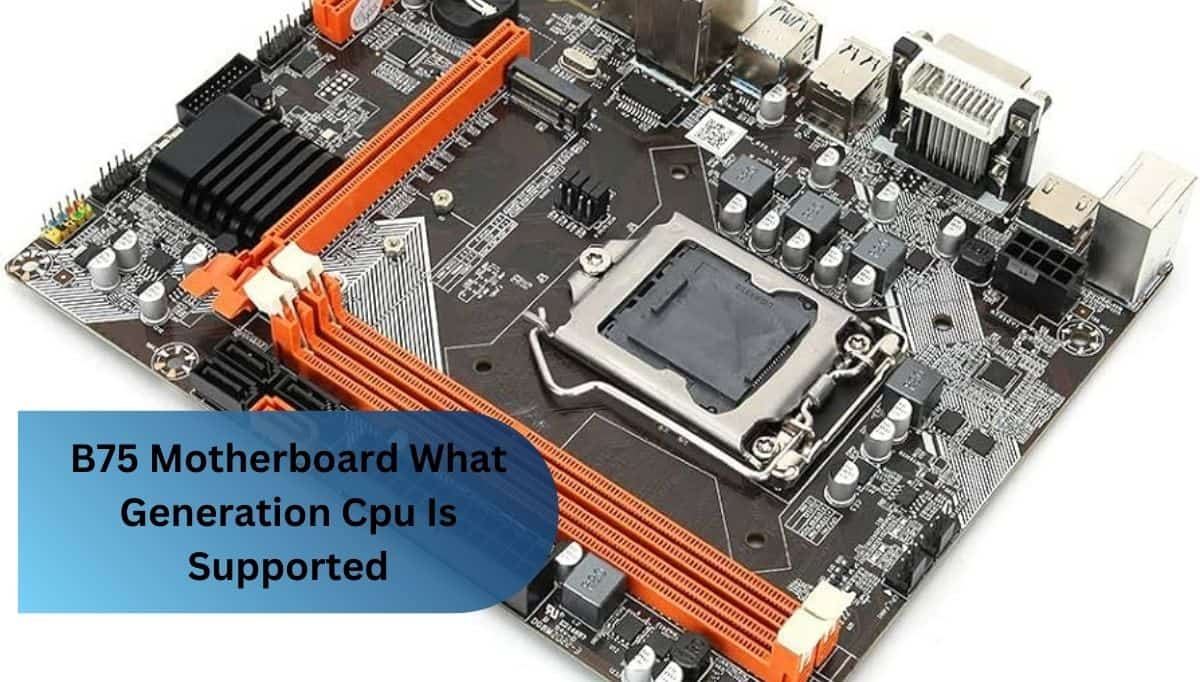When I first built my liquid-cooled PC, I couldn’t figure out why it kept overheating. Turns out, I’d plugged the pump into a standard fan header instead of the pump fan header. Once I fixed it, my system run cooler than ever, and I learned just how vital that little connector is!
A pump fan on a motherboard powers and controls liquid cooling pumps, ensuring efficient heat management. It provides steady power and customizable settings for optimal performance. Learn how it works, why it matters, and how to set it up for your PC!
In this article, we will talk about what a pump fan is on a motherboard, its role in liquid cooling systems, why it’s essential for efficient PC performance, and how to set it up and troubleshoot common issues effectively.
What Is A Pump Fan For On A Motherboard?
A pump fan on a motherboard refers to a dedicated header designed to power and control the pump in a liquid cooling system. Its primary function is to ensure the continuous circulation of coolant, maintaining optimal thermal conditions for critical components such as the CPU and GPU.
Unlike standard fan headers, the pump fan header delivers a consistent power supply and often includes control settings accessible via the BIOS or software. This functionality is essential for preventing overheating, stabilizing system performance, and enhancing the longevity of the hardware.
What Is The Purpose Of A Pump Fan On A Motherboard?
The purpose of a pump fan on a motherboard is to power and regulate the operation of a liquid cooling system’s pump, ensuring efficient thermal management of the system’s components.
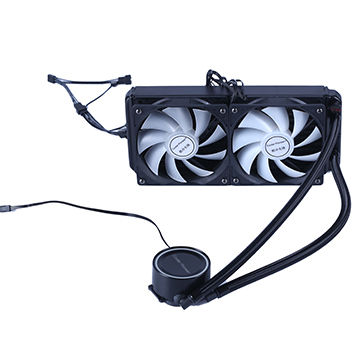
By maintaining a constant or adjustable flow of coolant, the pump fan header prevents overheating of critical hardware such as the CPU and GPU, which is vital for sustaining optimal performance and stability during intensive workloads.
Additionally, it provides precise control options, often accessible through BIOS or software, allowing users to balance cooling efficiency and noise levels. This functionality is crucial for maintaining system reliability and prolonging hardware lifespan.
What Happens If I Don’t Use A Pump Fan On My Motherboard?
If the pump fan is not used on a motherboard, several negative consequences may arise, including:
- Inadequate Cooling: Without the pump fan, the liquid cooling system’s pump may not function properly, leading to inefficient coolant circulation, which can result in insufficient cooling for critical components like the CPU and GPU.
- Overheating Risk: Ineffective coolant flow can cause the system to overheat, potentially leading to thermal throttling, reduced performance, or permanent damage to hardware components.
- System Instability: Lack of proper cooling may cause the system to become unstable, especially under heavy workloads, leading to crashes, freezes, or failure to boot.
- Decreased Longevity of Components: Continuous overheating may shorten the lifespan of essential components, such as the CPU, GPU, and motherboard, as prolonged exposure to high temperatures can degrade their performance and reliability.
- Inefficient Performance: Without the proper pump fan operation, the liquid cooling system cannot maintain consistent temperatures, resulting in suboptimal system performance during demanding tasks or gaming.
- Potential Warranty Issues: In some cases, improper setup of the cooling system, including failure to connect the pump fan, may void warranties on certain hardware components.
Where Do I Connect The Pump Fan!
The pump fan should be connected to the designated pump fan header on the motherboard, typically labeled as “PUMP_FAN” or “AIO_PUMP.” This header is specifically designed to provide the necessary power and control for the pump in a liquid cooling system.
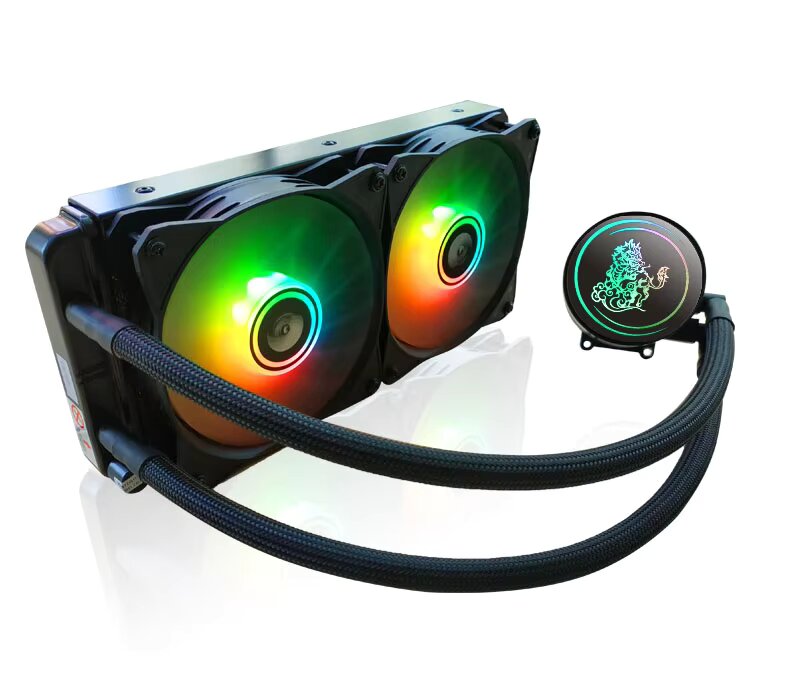
It is crucial to ensure that the connection is made to the correct header to guarantee optimal performance, as using a standard fan header may not provide sufficient power or control over the pump’s operation.
The pump fan header is usually located near the CPU socket, although its exact position may vary depending on the motherboard model. Additionally, users may need to configure the pump fan settings in the BIOS or through software to optimize cooling performance.
How Do I Control The Pump Fan Speed!
Controlling the pump fan speed can be achieved through several methods, depending on the motherboard and the cooling system in use:
1. Bios/Uefi Settings:
Most motherboards provide options to control the pump fan speed directly through the BIOS or UEFI interface. Within the BIOS, users can adjust the fan curve or set the pump to operate at a fixed speed or dynamically adjust based on system temperature. This is typically found under the “Fan Control” or “Hardware Monitor” section.
2. Software Control:
Many modern motherboards offer software tools that allow users to control fan and pump speeds from within the operating system. These tools provide a user-friendly interface for adjusting pump speeds in real-time based on temperature readings or system load.
3. Manual Control (If Applicable):
Some liquid cooling systems come with dedicated controllers or hardware buttons that allow users to manually adjust the pump speed. These manual controls can offer a quick way to set the pump to a desired speed without accessing BIOS or software.
4. Third-Party Software:
In cases where the motherboard or cooling system does not provide sufficient control options, third-party software such as SpeedFan or similar utilities can sometimes be used to modify the fan or pump speed based on temperature and load parameters.
What Is A Pump Fan Header On A Motherboard?
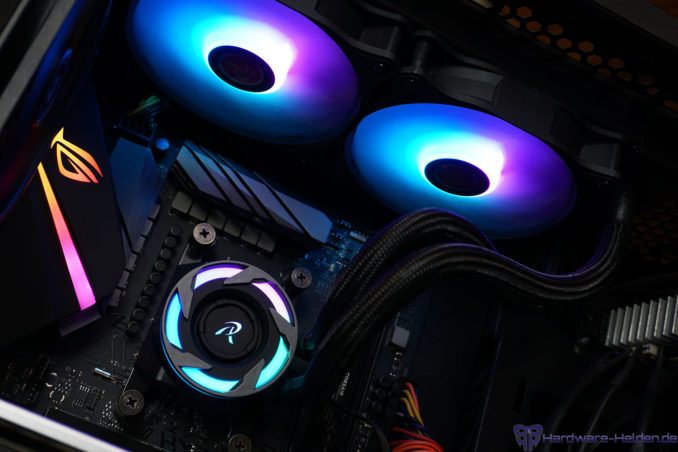
A pump fan header on a motherboard is a specialized connector that powers and controls the pump in a liquid cooling system, ensuring effective coolant circulation to prevent overheating of critical components like the CPU and GPU. Unlike standard fan headers, it provides a stable 12V power supply and may allow speed adjustments through BIOS or software. Proper use of the pump fan header is essential for efficient cooling, system stability, and prolonging hardware lifespan.
FAQ’s
1. Can I Replace The Pump Fan On My Motherboard?
Yes, you can replace the pump fan on your motherboard, provided the replacement fan is compatible with your cooling system and motherboard header. However, it is crucial to ensure that the new fan meets the required specifications for optimal system performance and cooling efficiency.
2. Can I Use A Regular Fan Instead Of A Pump Fan For Liquid Cooling?
No, a regular fan cannot be used instead of a pump fan for liquid cooling. Pump fans are specifically designed to circulate coolant in a liquid cooling system, whereas regular fans are intended to provide airflow for passive cooling, lacking the necessary functionality for liquid circulation.
3. Why Is The Pump Fan Header Important?
The pump fan header is crucial as it provides the necessary power and control for the pump in a liquid cooling system, ensuring effective coolant circulation to maintain optimal temperatures and prevent overheating of critical components.
4. What Happens If The Pump Fan Header Isn’t Used Correctly?
If the pump fan header is not used correctly, it may lead to inadequate coolant circulation, resulting in overheating, system instability, and potential damage to critical components due to insufficient cooling performance.
5. Will Using The Pump Fan Header Reduce Noise?
Using the pump fan header may help reduce noise by enabling the control of pump speed, allowing for quieter operation under lighter loads, although excessive reduction in speed may compromise cooling performance.
Conclusion:
In conclusion, the pump fan header plays a critical role in maintaining optimal performance and longevity of liquid-cooled systems. Properly connecting and controlling the pump fan ensures efficient coolant circulation, preventing overheating and system instability. By understanding its function and setup, users can achieve reliable cooling and protect their hardware from potential damage, enhancing the overall computing experience.








